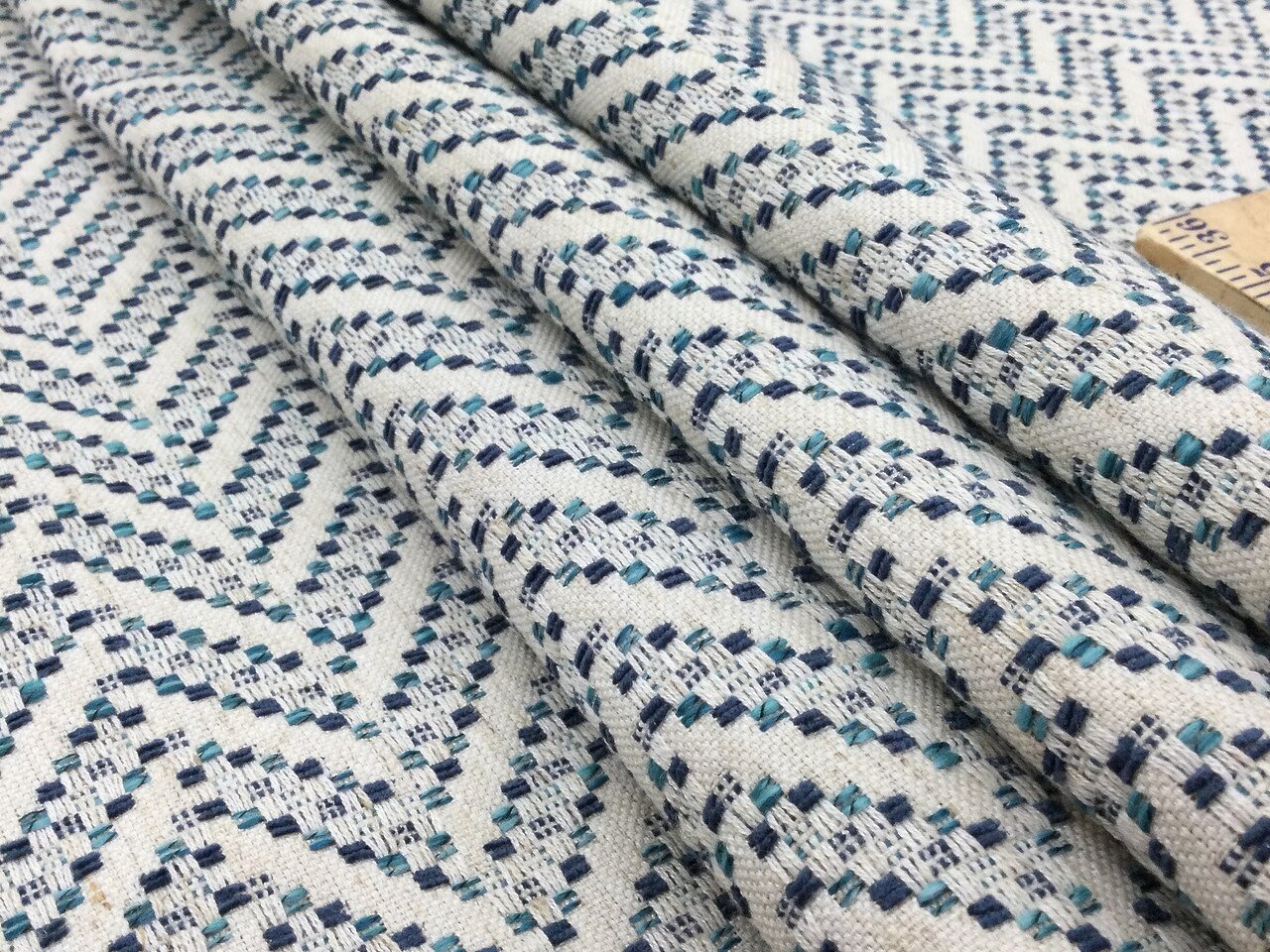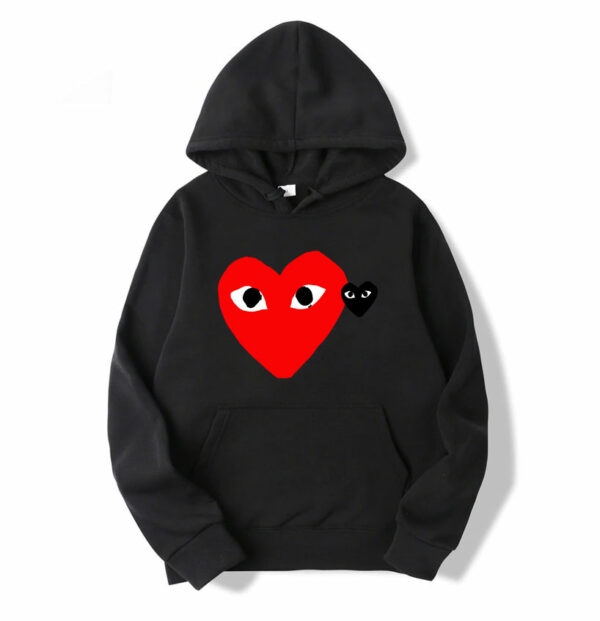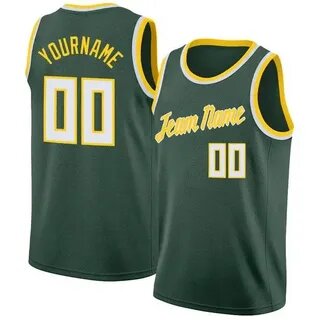The herringbone fabric pattern, a classic and versatile design, has graced textiles and garments for centuries. Its distinctive V-shaped weave has made it a staple in both traditional and modern fashion, admired for its elegance and subtle texture. Here, we’ll explore the origins, characteristics, and common uses of herringbone fabric, giving you a comprehensive look at why this timeless pattern continues to captivate designers and consumers alike.
What is the Herringbone Pattern?
The herringbone pattern is a distinctive broken zigzag design created by weaving rectangular blocks at a 45-degree angle, resulting in a series of offset rows. Named after the herring fish’s skeleton, which it resembles, the pattern adds both texture and visual interest to fabrics. It is often confused with chevron, but unlike chevron’s continuous zigzag, herringbone’s staggered appearance creates a unique “broken” effect.
The History and Origins of Herringbone
Herringbone dates back to ancient civilizations. The pattern first appeared in architecture and textiles in ancient Egypt and Rome, where it was used to strengthen roads and buildings. In textiles, it gained popularity in Europe, especially in the British Isles, where it became a staple of men’s suiting in the 19th century. As the British tweed industry blossomed, herringbone emerged as one of the most popular patterns, particularly in woolen fabrics.
Characteristics of Herringbone Fabric
Herringbone’s appeal lies in its durability and style. Here are some defining features:
- Distinctive V-Shape: The blocks form a zigzag pattern with alternating directions, creating a staggered effect.
- Versatile Fabric Base: It can be woven in various materials, including wool, cotton, linen, and synthetic blends.
- Texture and Depth: The staggered design gives the fabric a textured look, adding depth and interest.
- Subtle Visual Appeal: Herringbone adds sophistication without being too bold, making it suitable for a range of settings.
Types of Herringbone Fabrics
- Wool Herringbone: Commonly used in suits and outerwear, wool herringbone fabric provides warmth and structure, ideal for colder climates.
- Cotton Herringbone: Lightweight and breathable, cotton herringbone works well for shirts and lighter garments.
- Linen Herringbone: This is a summer staple, offering a textured look in a breathable, lightweight fabric.
- Synthetic Herringbone: Blends with synthetic fibers are often used in upholstery and home decor, providing durability and ease of care.
Herringbone in Fashion
Herringbone is a timeless choice in the fashion world, celebrated for its elegance and versatility. It has been a staple in men’s suiting for over a century, often seen in wool suits and blazers. However, its use has expanded, and it’s now popular in women’s fashion as well, showing up in skirts, coats, and tailored trousers.
Popular Herringbone Garments
- Suits: Often made from wool, herringbone suits have a classic and sophisticated appeal.
- Blazers: The subtle texture makes herringbone blazers versatile, perfect for both professional and casual settings.
- Outerwear: Herringbone is frequently used in coats and jackets, offering warmth and a refined look.
- Accessories: From scarves to caps, herringbone adds a stylish touch to accessories, often made from wool or cotton blends.
Herringbone Beyond Fashion: Home Decor and More
The popularity of herringbone isn’t confined to fashion. In interior design, herringbone patterns are widely used in flooring, tiling, and wallpaper. Herringbone wood floors, for instance, add elegance and depth to a room, while herringbone tile patterns bring visual interest to kitchens and bathrooms.
Herringbone Flooring and Tiling
- Wood Flooring: Herringbone parquet floors create a timeless, luxurious look, enhancing the visual flow of a room.
- Tile Patterns: In bathrooms and kitchens, herringbone tiles add a modern twist, creating movement and texture on walls or floors.
- Fabric and Upholstery: Herringbone-patterned upholstery can bring a touch of sophistication to furniture, making it a popular choice for sofas, armchairs, and cushions.
Why Choose Herringbone?
Herringbone is loved for its versatility and timeless appeal. It works equally well in both classic and contemporary styles, providing a sense of structure without overwhelming the senses. The pattern also has a subtle sophistication, making it an ideal choice for those who want texture and visual interest without bold prints or colors.
Key Benefits of Herringbone Fabric
- Timeless Style: Herringbone has endured for centuries, making it a safe, stylish choice for any wardrobe or interior design project.
- Versatile Application: From clothing to home decor, the herringbone pattern adapts well across different materials and settings.
- Subtle Textural Appeal: Its understated yet interesting texture complements a variety of design aesthetics.
Care and Maintenance of Herringbone Fabric
Depending on the material, herringbone fabric care can vary. Wool herringbone often requires dry cleaning to maintain its shape and texture, while cotton and synthetic blends may be machine washable. For herringbone used in home decor, regular cleaning and gentle care will help preserve its look and durability.
Conclusion
The herringbone fabric pattern stands as a testament to timeless design. Its adaptability across fashion and interior design underscores its lasting appeal, with its subtle sophistication making it a favorite for both designers and consumers. Whether you’re looking to add a classic touch to your wardrobe or bring a refined pattern into your home, herringbone offers both style and substance that will stand the test of time.




